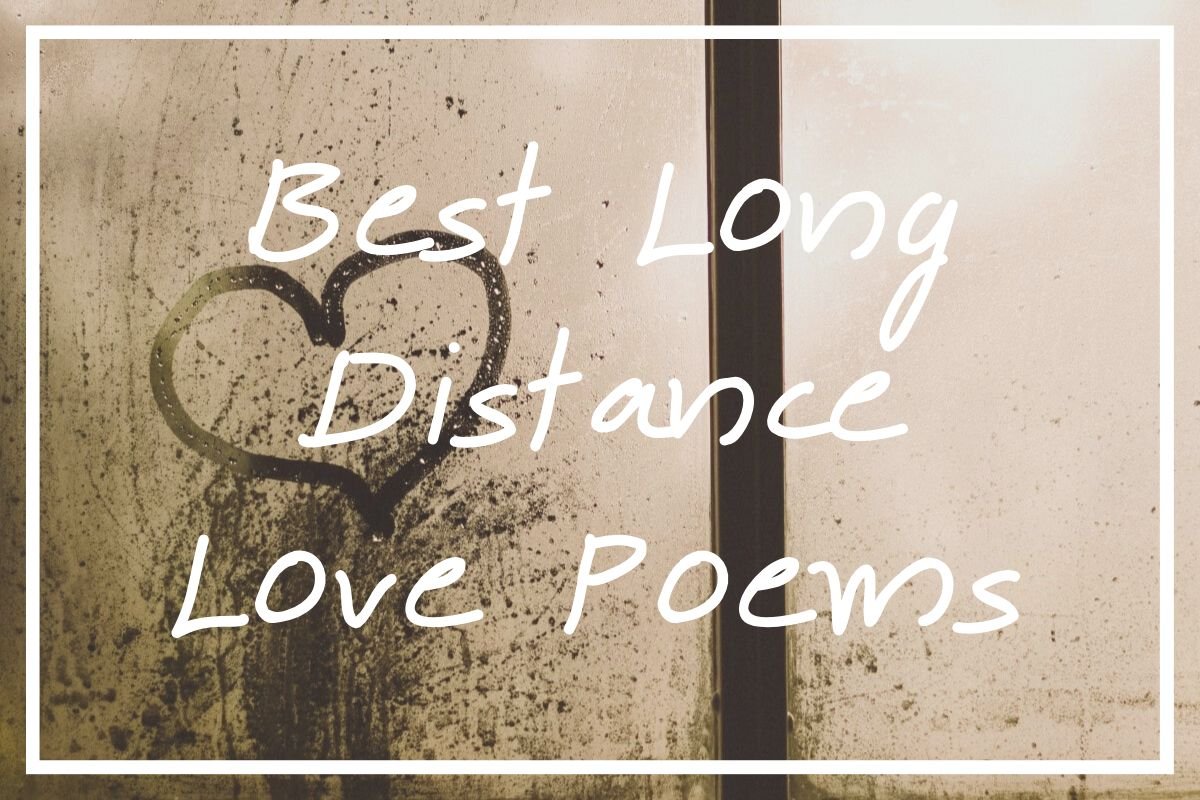The Timeless Allure of Romance: A Journey Through Love, Longing, and Connection

Romance, in its myriad forms, is a fundamental human experience. It’s the yearning for connection, the thrill of attraction, the comfort of companionship, and the profound satisfaction of being truly seen and understood. More than just candlelight dinners and whispered sweet nothings, romance encompasses a spectrum of emotions, behaviors, and beliefs that shape our relationships and enrich our lives. This article delves into the multifaceted world of romance, exploring its origins, its psychological underpinnings, its cultural expressions, and its enduring power to move us.
The Roots of Romance: A Historical Perspective
While the concept of love has existed since the dawn of humanity, the specific notion of "romance" as we understand it today is a relatively recent development. Its roots can be traced back to the medieval period, specifically to the chivalric romances that flourished in the courts of Europe. These narratives, often featuring knights and damsels in distress, emphasized courtly love, a highly stylized and often unrequited form of affection characterized by idealized devotion, secret admiration, and elaborate rituals of courtship.
These early romances, like the Arthurian legends, established key elements that continue to resonate in modern romantic narratives. Themes of heroism, sacrifice, and the pursuit of an unattainable ideal became intertwined with the idea of love, shaping the cultural understanding of romance for centuries to come.
The Romantic era of the 18th and 19th centuries further solidified the concept of romance. This artistic and intellectual movement celebrated emotion, intuition, and individualism, placing a high value on personal experience and the power of feelings. Romantic literature, art, and music emphasized the beauty of nature, the intensity of passion, and the importance of self-expression, contributing to a cultural climate where romantic love was seen as a transformative and even transcendent force.
The Victorian era, while often associated with prudishness and restraint, also contributed to the evolution of romance. Courtship rituals became increasingly formalized, with elaborate rules governing communication and interaction between men and women. However, beneath the surface of social propriety, a deep current of romantic longing persisted, expressed through subtle gestures, hidden messages, and passionate poetry.
The Psychology of Romance: What Makes Us Fall in Love?
Understanding the psychology of romance involves exploring the complex interplay of biological, psychological, and social factors that contribute to attraction, attachment, and the experience of love.
- Neurochemical Basis: Love, at its core, is a chemical cocktail. When we fall in love, our brains flood with neurotransmitters like dopamine (associated with pleasure and reward), norepinephrine (associated with excitement and energy), and serotonin (associated with mood regulation). These chemicals create the euphoric feelings of infatuation and contribute to the intense focus we experience on our beloved.
- Attachment Theory: Developed by John Bowlby and Mary Ainsworth, attachment theory suggests that our early childhood experiences with caregivers shape our patterns of relating to others in adulthood. Individuals with secure attachment styles, characterized by trust and comfort with intimacy, tend to form healthy and fulfilling romantic relationships. Those with insecure attachment styles, such as anxious or avoidant, may struggle with intimacy, commitment, or emotional regulation in their relationships.
- Social Exchange Theory: This theory proposes that individuals engage in relationships based on a cost-benefit analysis. We are attracted to those who offer us rewards, such as companionship, emotional support, or social status, and we are more likely to stay in a relationship if the perceived benefits outweigh the perceived costs.
- Proximity and Familiarity: Simple proximity plays a significant role in attraction. We are more likely to form relationships with people we encounter frequently. Familiarity breeds liking, and repeated exposure can increase our sense of connection and comfort with another person.
- Similarity and Complementarity: While opposites may attract initially, research suggests that long-term relationships are more likely to thrive when partners share similar values, interests, and backgrounds. However, complementarity, where partners possess different strengths and weaknesses that balance each other out, can also contribute to a successful relationship.


Cultural Expressions of Romance: From Fairytales to Modern Dating Apps
Romance is expressed and experienced differently across cultures and throughout history. While the underlying human desire for connection remains constant, the specific rituals, expectations, and norms surrounding courtship and relationships vary considerably.
- Fairytales and Myths: Stories like Cinderella, Sleeping Beauty, and Romeo and Juliet have shaped our understanding of romance for generations. These narratives often portray idealized versions of love, emphasizing the power of fate, the triumph of good over evil, and the importance of true love. While these stories can be inspiring, they can also create unrealistic expectations about relationships.
- Romantic Literature and Film: From Jane Austen’s novels to Hollywood rom-coms, romantic literature and film continue to explore the complexities of love and relationships. These narratives provide us with models of courtship, examples of successful relationships, and opportunities to vicariously experience the joys and sorrows of love.
- Modern Dating Practices: The advent of online dating and dating apps has revolutionized the way we meet and connect with potential partners. These platforms offer a vast pool of potential matches and provide opportunities to filter based on shared interests, values, and goals. However, they also present challenges, such as the potential for superficiality, the pressure to present an idealized version of oneself, and the risk of encountering dishonesty.
- Cultural Variations: Different cultures have different norms and expectations regarding courtship, marriage, and relationships. In some cultures, arranged marriages are still common, while in others, individuals have more freedom to choose their partners. Cultural differences can also influence communication styles, expressions of affection, and expectations regarding gender roles within relationships.

The Enduring Power of Romance: Why It Matters
Despite the challenges and complexities of modern life, the desire for romance remains a powerful force. Romantic relationships provide us with companionship, emotional support, and a sense of belonging. They can enhance our self-esteem, improve our mental and physical health, and contribute to our overall well-being.
- Emotional Support and Companionship: Romantic partners can provide a safe and supportive space for us to share our thoughts, feelings, and experiences. They can offer comfort during difficult times, celebrate our successes, and help us navigate the challenges of life.
- Enhanced Self-Esteem: Being loved and appreciated by another person can boost our self-esteem and sense of worth. Romantic partners can help us see ourselves in a more positive light and encourage us to pursue our goals and dreams.
- Improved Mental and Physical Health: Research suggests that romantic relationships can have a positive impact on our mental and physical health. Individuals in happy and supportive relationships tend to experience lower levels of stress, anxiety, and depression. They are also more likely to engage in healthy behaviors, such as exercise and healthy eating.
- Personal Growth and Development: Romantic relationships can challenge us to grow and develop as individuals. They can force us to confront our insecurities, learn to communicate more effectively, and develop greater empathy and understanding.
Ultimately, the enduring power of romance lies in its ability to connect us to something larger than ourselves. It offers us the opportunity to experience deep intimacy, profound joy, and a sense of shared purpose. While the path to romantic fulfillment may not always be easy, the rewards of finding true love are immeasurable.
FAQ about Romance:
- Q: Is romance only about grand gestures?
- A: No, romance is about the intention and thoughtfulness behind the action. Small, everyday acts of kindness and affection can be just as romantic as grand gestures.
- Q: Is romance only for young people?
- A: Romance is timeless and can be enjoyed at any age. The expression of romance may evolve over time, but the desire for connection and intimacy remains constant.
- Q: Is romance only for heterosexual couples?
- A: Romance transcends sexual orientation and gender identity. The principles of connection, affection, and intimacy apply to all types of relationships.
- Q: How can I keep the romance alive in a long-term relationship?
- A: Prioritize quality time together, communicate openly and honestly, express appreciation for your partner, try new things together, and never stop dating each other.
- Q: Is it possible to be too romantic?
- A: While expressing affection and appreciation is generally positive, it’s important to be mindful of your partner’s needs and preferences. Overly intense or obsessive behavior can be detrimental to a relationship.
Conclusion:
Romance is a complex and multifaceted phenomenon that has shaped our culture, influenced our emotions, and enriched our lives for centuries. From the chivalric romances of the medieval period to the modern dating apps of today, the pursuit of love and connection remains a fundamental human drive. Understanding the psychology of romance, appreciating its cultural expressions, and cultivating healthy relationship habits can help us navigate the complexities of love and build lasting, fulfilling relationships. While the journey to romantic fulfillment may not always be easy, the rewards of finding true love are immeasurable, offering us companionship, emotional support, and a sense of belonging that enriches our lives in countless ways. So, embrace the power of romance, nurture your relationships, and never stop believing in the transformative power of love.
